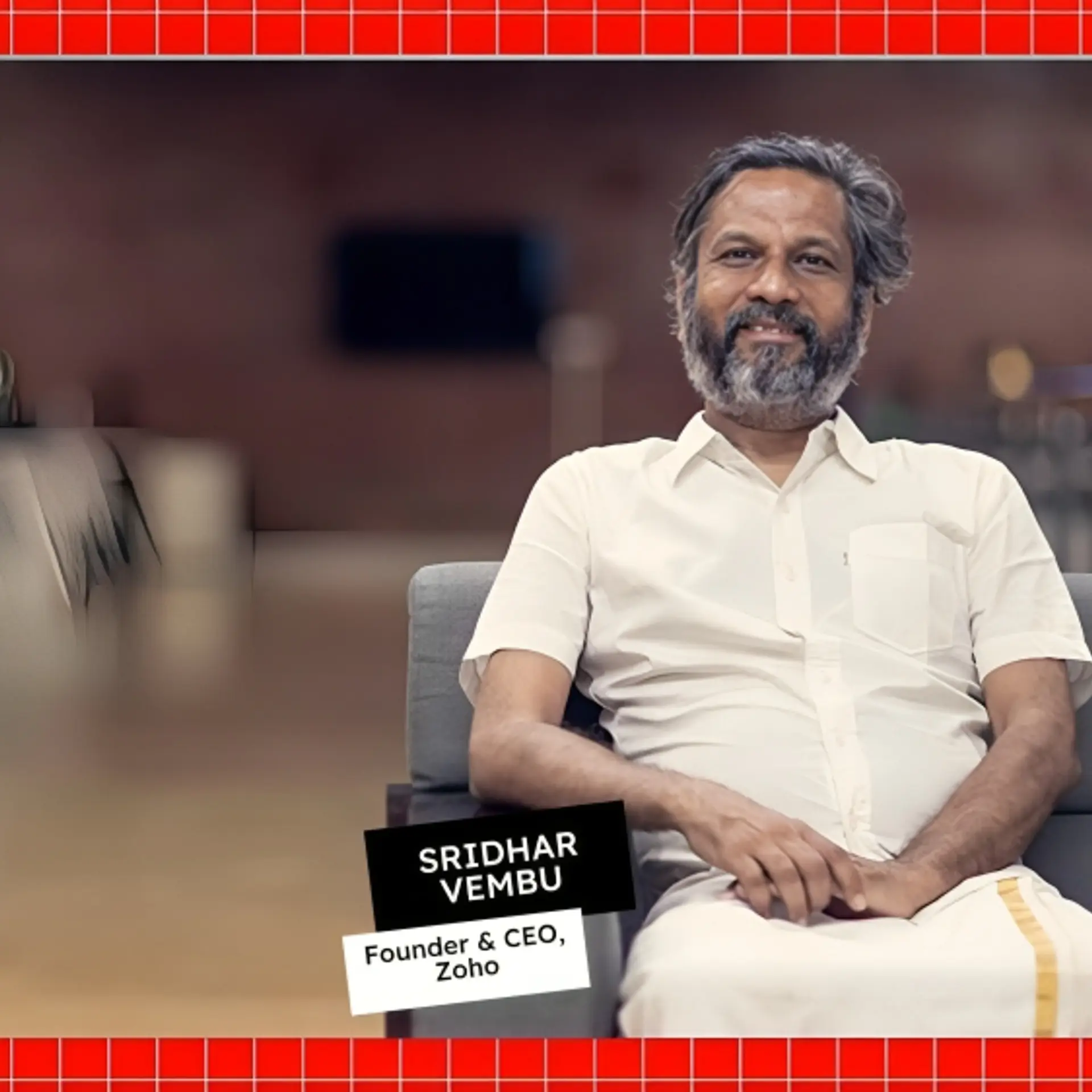In the past week, I’ve come across several stories that highlight isolated successes or intriguing ideas that are being implemented on a small scale. Here’s a quick recap:
- In the Chandni Chowk area of old Delhi, iGovernment reports the introduction of greener rickshaws, run by solar batteries. Obviously such vehicles can only go short distances and for short periods of time, but in an congested area like Chandni Chowk, greener autos may make a large impact on the surrounding environment:
It would be run by a solar battery, which would suffice for a journey of 70 km. The battery would take five hours to be charged with the help of solar panels in the charging unit which will be functional above the Delhi metro stations, an official of the city government said.
- A waste management system (an issue we’ve covered here and here) in Maharastra shows a PPP at work – a privatized system in a city named Latur requires residents to pay Rs 20 per month for garbage pick up. This case shows that the involvement of both an NGO and a private system can result in efficiency:
Of the 183 who have been employed, around 75 per cent are women. Rather than a monthly salary, the women are paid per tonne of garbage collected. As an added incentive, they can sell the recyclable material of the garbage in the market.
But is the system fair (especially to the rag pickers)? The article paints a rosy picture, and it would be interesting get a sense of what the reality is on the ground.
- Community radio has been making waves in Jharkhand with a program called “Chalo Ho Gaon Mein,” which is narrated in the local language and touches on a number of issues. A project manager at the NGO AID (Alternative for India Development) explains in this article by The Hoot:
We realized that all these problems were stemmed from the fact that the people of the region were unable to express themselves and speak freely about the problems that they were facing. So, setting up a radio programme seemed like a good way to give a voice to the voiceless. A programme for the villagers and by the villagers that would not only address their issues and make them more aware, but would also reach out to other people who could make a difference to their lives.
As with many solutions to social issues, these approaches are taking place as pilots or for specific regions and populations – but all are encouraging and may shed light for the bigger picture.






